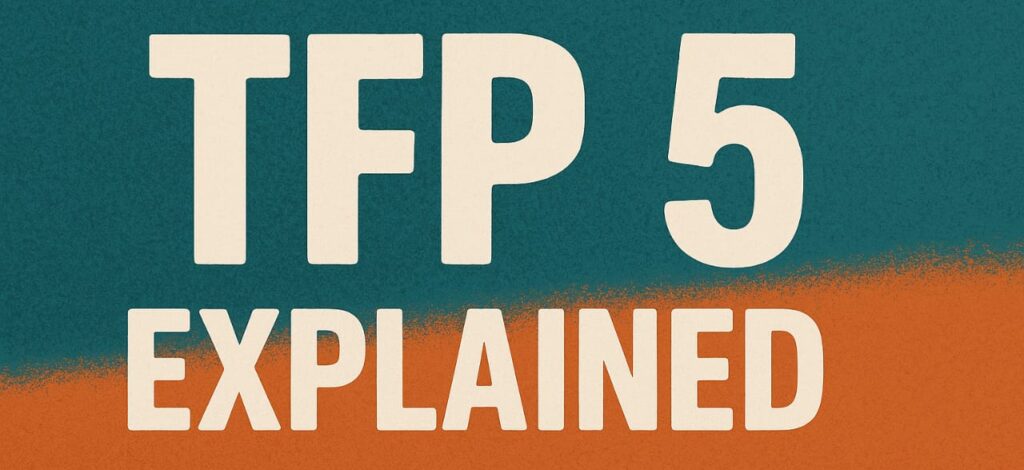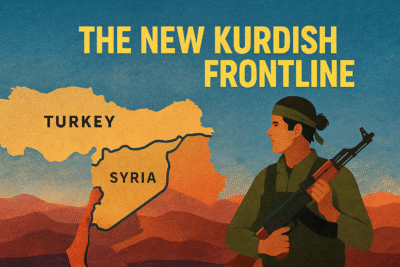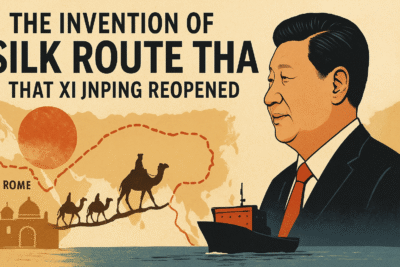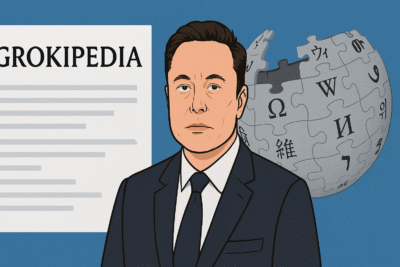
TFP 5 Explained
An apology to begin with: we couldn’t give you TFP 5 Explained over the past few days due to staffing constraints
Today, we are following:
1. A secret Indian general shares that everybody knew
2. What most don’t know about Trump’s bigbill
3. The company you made the world’s most valuable rises further
4. Blame it on Earth if you don’t get enough time
5. Skills and stardom no shield against car accidents
1.
‘One border, three enemies’: A secret Indian general shares that everybody knew
What was Operation Sindoor?
Operation Sindoor was a recent, high-stakes military action by India, described by Lieutenant General Rahul R. Singh, Deputy Chief of Army Staff, as a “masterly stroke” in modern warfare. Unlike previous confrontations, this operation was not a simple bilateral conflict but involved a complex web of adversaries, including Pakistan, China, and Turkey. The operation demonstrated India’s ability to manage escalation and avoid a full-scale war, sending a strong message to its adversaries.
How was the operation planned and executed?
The operation was meticulously planned, with 21 potential targets identified and nine ultimately engaged. Final decisions were made in the last hours, relying on real-time intelligence from both technological and human sources. This approach showcased India’s commitment to precision and strategic restraint, aiming to achieve objectives while minimising the risk of uncontrolled escalation.
What was the significance of joint operations?
Lieutenant General Singh emphasised the importance of integrated operations, with the Army, Air Force, and Navy working in unison. This unified approach amplified India’s military capability and sent a clear signal to adversaries about the nation’s readiness and resolve.
What are the future implications?
Singh warned that future conflicts could see population centres targeted, underscoring the need for rapid advancements in air defence and counter-drone systems. The operation marks a shift in India’s security doctrine: any crossing of red lines will now be met with decisive, conventional military force, fundamentally altering the region’s strategic calculus.
2.
Trump’s one big bill, beautiful or not: What’s inside and why it matters to you
What is the “One Big Beautiful Bill”?
President Donald Trump’s “One Big Beautiful Bill” is a sweeping 869-page tax and spending law that cements his second-term agenda. It makes permanent $4.5 trillion in tax cuts, including those from the 2017 reforms, and introduces new breaks such as eliminating taxes on tips—a signature campaign promise.
What are the major spending cuts?
The bill enacts $1.2 trillion in spending cuts, primarily targeting Medicaid and food stamp programs by imposing stricter eligibility requirements and reducing federal reimbursements to states. These measures have sparked concern about the impact on vulnerable populations.
How does the bill affect green energy and technology?
It rolls back billions in tax credits for wind and solar energy, potentially harming the US renewable energy sector. The bill also introduces complex restrictions on battery tax credits, making them nearly impossible to claim for companies with ties to “prohibited foreign entities” like China, which could hinder US competitiveness in clean energy.
What about immigration and border security?
The legislation allocates $350 billion for border security and immigration enforcement, including expanded deportation efforts and new fees on immigrants.
What are the fiscal implications?
To fund these measures, the bill raises the national debt ceiling by $5 trillion. Critics warn this could destabilize US fiscal health, with projections of significant increases in national debt over the next decade.
2A. Bonus
Some facts we hardly know about Trump’s Big Beautiful Bill
How does the bill impact green energy?
The bill phases out tax credits for utility-scale wind and solar projects and eliminates incentives for electric vehicle buyers ahead of schedule. It also removes the methane fee from the Inflation Reduction Act and delays permitting for grid upgrades, which could raise electricity costs and hinder US competitiveness in renewables.
What about artificial intelligence regulation?
A bipartisan amendment removed a clause that would have blocked states from regulating artificial intelligence if they accepted federal tech funding, reflecting the growing importance and complexity of AI policy in the US.
What are the concerns about national debt?
The Congressional Budget Office projects the bill will add $3.4 trillion to the deficit by 2034, potentially pushing US government debt to 130% of GDP within a decade—a level not seen since World War II.
How might the bill affect jobs and consumers?
Research suggests the bill could eliminate or prevent over 800,000 renewable energy jobs and increase household energy costs by $16 billion annually by 2030.
What is the global impact?
Analysts argue that the bill’s energy provisions could inadvertently strengthen China’s position in the global economy, as the US retreats from clean energy investments while China accelerates its own efforts.
3.
Nvidia’s record-breaking rise: The company you made the world’s most valuable
How did Nvidia become the world’s most valuable company?
Nvidia has reached a historic milestone, becoming the world’s most valuable publicly traded company with a market capitalization of $3.92 trillion. This achievement surpasses previous records set by Apple and Microsoft, reflecting the explosive growth in demand for artificial intelligence (AI) technologies.
What drives Nvidia’s success?
The company’s dominance in high-performance graphics processing units (GPUs) is central to its rise. These chips are essential for training large AI models and powering data centers, making Nvidia a critical player in the AI revolution.
How has Nvidia’s market value changed?
Over the past four years, Nvidia’s market value has increased nearly eightfold, from around $500 billion in 2021 to nearly $4 trillion in 2025. The company has outpaced competitors in capitalizing on the AI boom.
What does this mean for the tech sector?
Nvidia’s ascent signals a broader shift in the technology sector, as AI becomes the central focus of innovation and investment. The company’s rise underscores the importance of specialized hardware in enabling the next generation of computing and data analysis.
4.
Don’t have time? Not your fault: Earth accelerating spin, days getting shorter
What have scientists discovered about Earth’s rotation?
Scientists have found that Earth is rotating slightly faster than usual, resulting in days that are a few milliseconds shorter. While imperceptible to humans, this change has significant implications for global timekeeping systems.
Why is Earth’s rotation speeding up?
The phenomenon is surprising, as Earth’s rotation has historically slowed over millions of years. Possible contributing factors include seismic activity, changes in Earth’s core, glacial rebound, and shifts in ocean currents or atmospheric pressure, though no single explanation fully accounts for the recent acceleration.
What are the technical implications?
The shortest days of 2025 are expected to be up to 1.51 milliseconds shorter than the standard 24 hours. Even small changes can affect the accuracy of GPS systems and atomic clocks. If the trend continues, a leap second may need to be subtracted from global timekeeping by 2029—the first time in history for such an adjustment.
Should people be concerned?
Scientists reassure the public that the potential removal of a leap second is a routine technical correction and will not impact daily life. The phenomenon highlights the dynamic forces shaping our planet and the intricate relationship between natural processes and human technology.
5. A sad news
RIP Diogo Jota: Skills and stardom no shield against car accidents, drive carefully
What happened to Diogo Jota?
Liverpool and Portugal footballer Diogo Jota, aged 28, and his brother Andre Silva, 26, tragically died in a car accident in Spain’s Zamora province. The incident occurred just after midnight when their Lamborghini suffered a tire blowout during an overtaking attempt, causing the vehicle to veer off the motorway and catch fire.
Why was Jota travelling by car?
Jota had recently married and was travelling to Santander to take a ferry to England, reportedly avoiding air travel due to medical advice following a recent lung operation. He occasionally avoided flying because of recurring but non-serious pulmonary discomfort.
How did the accident unfold?
Local authorities responded quickly, but the intensity of the fire made rescue efforts impossible. Both brothers were declared dead at the scene, and the football community has been left in shock.
What has been the reaction?
Tributes have poured in from fans, teammates, and football legends like Cristiano Ronaldo. Liverpool FC and the Portuguese Football Federation have expressed deep sorrow, and moments of silence are being observed at football matches across Europe in Jota’s honour.
What are the broader implications?
The tragedy has highlighted the risks associated with high-performance vehicles and the importance of road safety. Jota is remembered as a talented player and beloved teammate, with his funeral scheduled in his hometown.



